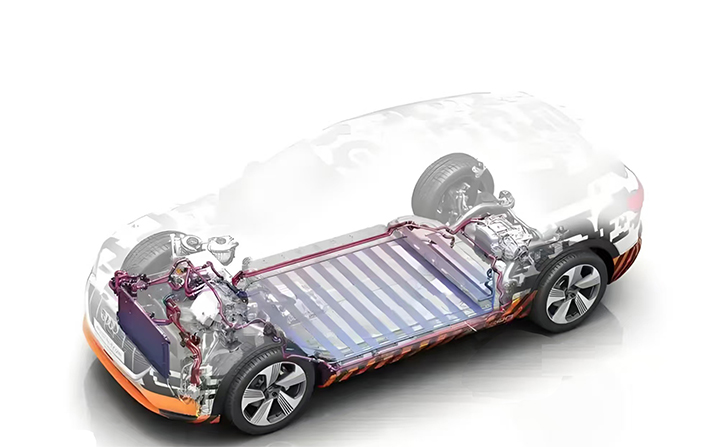Application and particularity of car radiator in electric vehicle.
2025-03-25
The radiator of a traditional fuel vehicle mainly cools the engine, while the radiator of an electric vehicle has to undertake a more complex task. This article will introduce in detail: the differences between the radiator of electric vehicles and the radiator of traditional fuel vehicles.

The simple principle of traditional oil radiator
The radiator is a mature component in a fuel truck. How it works is simple:
The engine will produce high temperature when operating
Coolant circulates between engine and radiator
The radiator cools the coolant by means of a fan and impact wind effect
This design has been used for more than a hundred years, mainly for the engine service. But electric cars have completely changed the landscape.
Three special tasks of electric vehicle radiator
The cooling system of an electric vehicle not only has to cool the motor, but also manages the battery and electronic control system, which brings new challenges:
1. Temperature management of the battery pack
Lithium batteries are most afraid of overheating or freezing
The optimum operating temperature is between 20-40℃
Poor heat dissipation will lead to reduced battery life and slow charging
2. Cooling of motor and electronic control system
The motor generates a lot of heat when running at high speed
The electronic control system also needs to be stabilized at the right temperature
3. Emergency heat dissipation during fast charging
The battery temperature will rise rapidly during fast charging
More heat dissipation is needed to maintain charging speed
The three major changes of electric vehicle radiator
In order to adapt to these new needs, the radiator of electric vehicles has changed a lot:
1. From single heat dissipation to integrated thermal management
The traditional radiator is only for the engine, and now it is necessary to tube the three major systems of battery, motor and electronic control, and some high-end models also integrate the air conditioning system.
2. Upgrade the heat dissipation mode
Air cooling: Simple and cheap, but the effect is limited
Liquid cooling: mainstream choice, high heat dissipation efficiency
Heat pump: It can cool and heat, and it can keep the battery temperature in winter
3. Intelligent control
Modern electric vehicles use multiple temperature sensors to adjust cooling strategies in real time. For example:
Automatic enhanced cooling during fast charging
Warm up the batteries in winter
Adjust heat dissipation intensity according to driving style
Summary
From cooling the engine to managing the vehicle's temperature system, car radiators play a more critical role in the era of electric vehicles. With the advancement of technology, the future cooling system will become more and more intelligent, so that electric vehicles can maintain the best condition in a variety of environments. As consumers, understanding these changes can help us make more informed car buying choices.